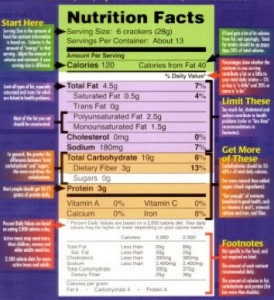Most of us look into the label when buying packed food items, well, not the label as a whole though. What we generally see is the expiry date. However there is more to it and it is necessary that we look into all the details before we purchase anything that is consumed by the family, children included.
A Food Label is block of information found on the package of food that gives a lot of information to the consumer about the food item. They help the consumers to make a good choice about what they eat. There are different sections in the food label we need to understand to benefit better.
Find below few important information you have to look out for, in a food label.
SHELF LIFE ? Know the Difference Between Best Before and Expiry Date
If you see a ?Best Before? date, it means that when the food is stored in proper condition, it would be of good quality till that date. It might still be edible after that date, but might not have the same quality or nutrition.
But if you see a ?Use by? or ?Expiry Date?, it means that it should not be consumed after the specified date due to health and safety reasons.
Always, look into the shelf life before buying a product.
NUTRITION INFORMATION ? Serving Sixe and Amount
The food label gives us standard information about the Serving size, Amount of calories, Nutrient limits, Nutrient compensation/getting enough of the nutrient, Percent Daily Value and a foot note.
Serving Size –A serving size is usually specified in a unit familiar to you i.e., in cups or pieces. It is followed by a familiar metric unit, say, grams.
Amount of calories –This gives information based on the serving size. It describes the amount of calories consumed per serving. If you are a weight watcher, this is THE section for you.
Nutrient limits – This section tells us the percentage of daily value of each nutrient. For example, if it reads 12% sodium, it means the food contains 12% daily value of sodium. Our goal is to stay below the 100% nutrient value.
Nutrient Compensation – This section is similar to the above section. The only difference is that the consumer should try to get enough of these nutrients provided in this section.
Percent Daily Value – This overlaps with the above two sections. It tells us the percent of nutrient per serving to the 100% recommended amount.
Footnote – The footnote is usually the information about the recommended daily value for important nutrients. This is listed for 2000 and 2500 calories consumption per day. The footnote always remains the same for all products.
FOOD ADDITIVES
In some products, food additives might be added to enhance its quality (preservative) or appearance (colour) or flavour. All additives have a class, chemical name and number assigned to it. These additives must be listed, if any, as part of the food label.
The most important point here is that most additives are chemicals used to preserve the colour and quality of the food packed. No chemical is good for your stomach, it is either dangerous or non dangerous.
NUTRITION CLAIMS
These are labeling tricks. If it reads ?Baked? instead of ?Fried?, it doesn?t mean it?s healthy. It still might contain excess amount of fat. Always check the Nutrition Information Panel to be sure.
Any food that is packed has to be cooked, backed, fried or dried thus there is nothing called healthy packed food. They are easy to carry but are mostly not suitable for your children to consume them.
ALLERGY INFORMATION
Food Labels also contains information that is helpful for people with allergies. It states the ingredients that are allergic in nature however small the amount may be. It also has information to alert people about possible health risk from some ingredients.
ORIGIN
The food label also contains information about the country and place of origin of the product. I personally would suggest buying things that are closer to home, just to make yourself content that the food has not travelled long before it had reached you.
Keep the above information in mind while buying a product next time and also to compare similar products.



